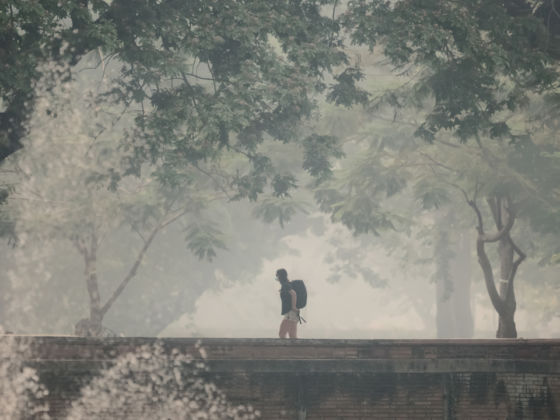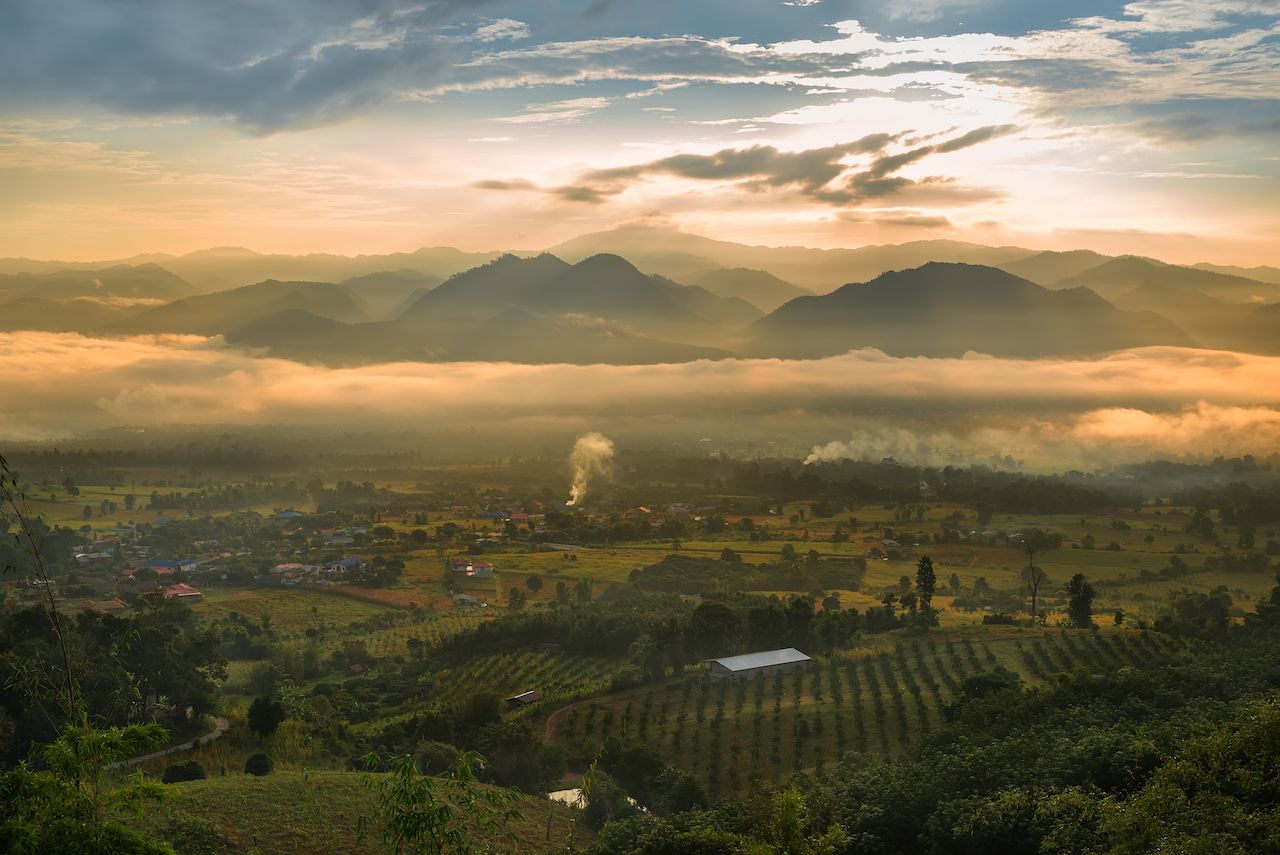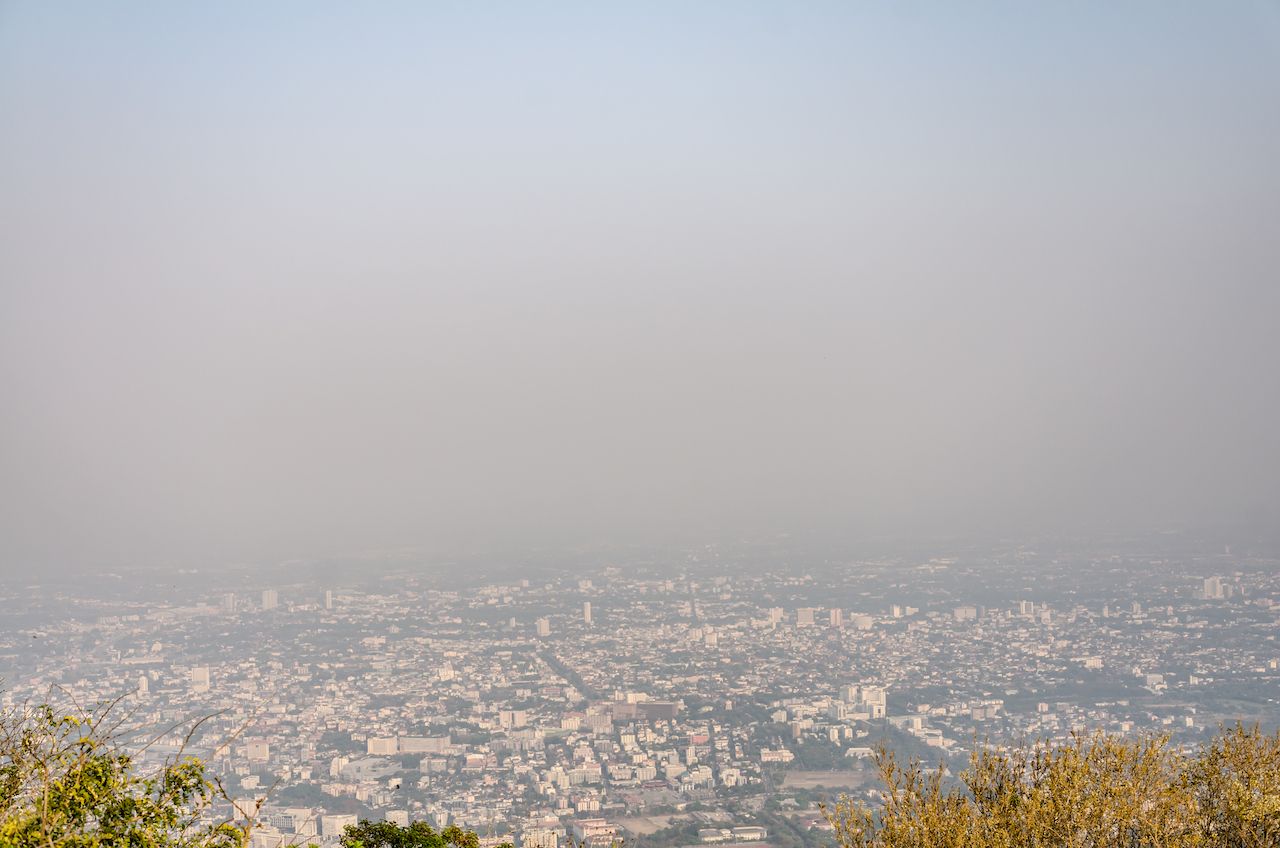It’s effortless to envision the world in which we travel as a paradise worthy of our footprint. But there comes a time when every explorer must face the ecological issues that plague our planet in real time. When you’re shrouded in a smoky haze amidst the dry, dusty streets of Northern Thailand, that problem becomes impossible to ignore.
Smoke season in Northern Thailand is something a lot of travelers intentionally bypass. Meanwhile, expats flee the region like swarming cicadas, waiting to return until the monsoon season comes to wash away the forest and crop fires that surround. Other adventurers are unaware of the haze that comes each year until they’re in it and try to stick it out until the pollutants finally push them out. Whether you’ve accidentally found yourself planning a trip in the dead of smoke season or you’re trying to plan around it, here’s everything you need to know about smoke season in Northern Thailand.



